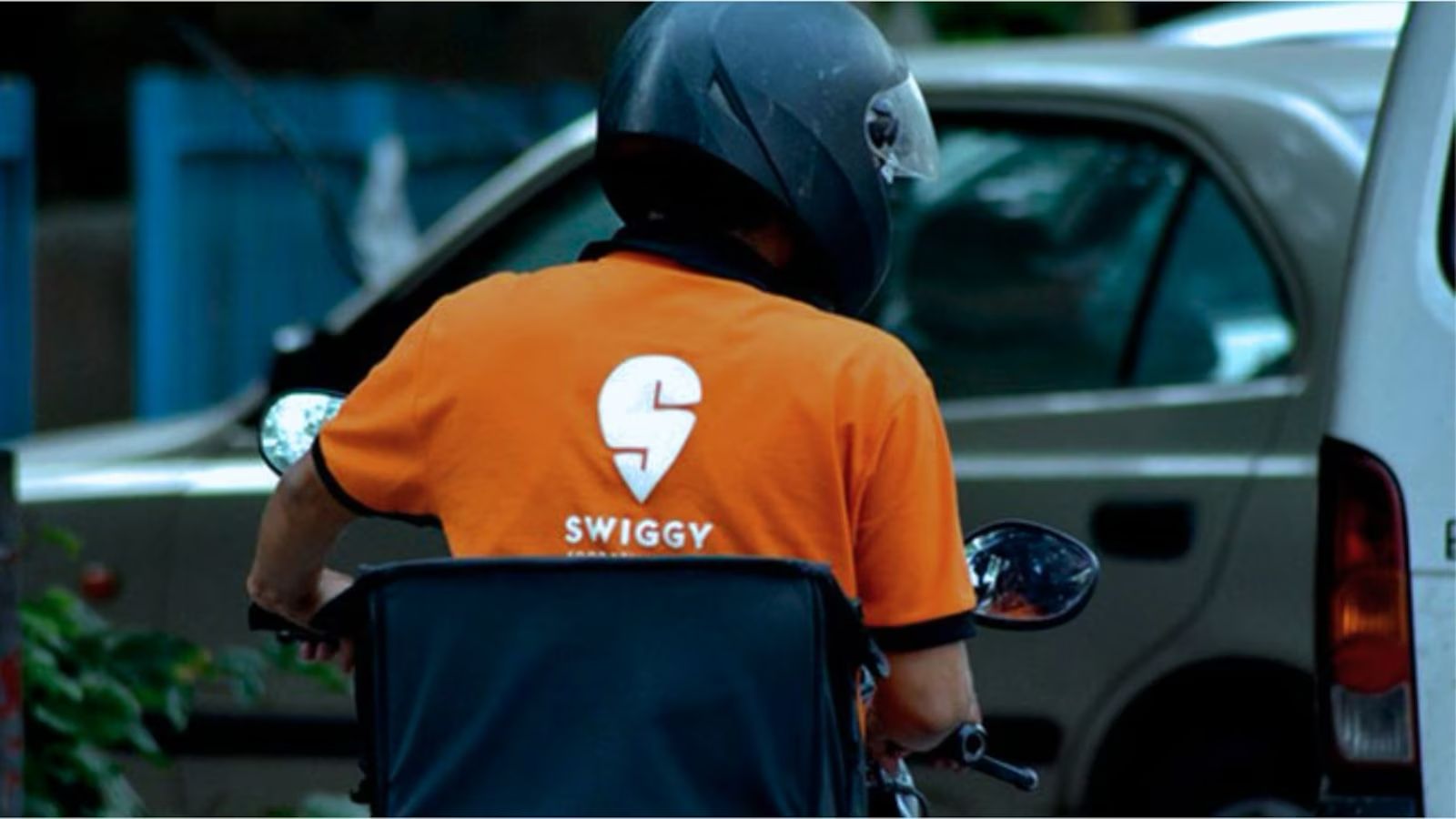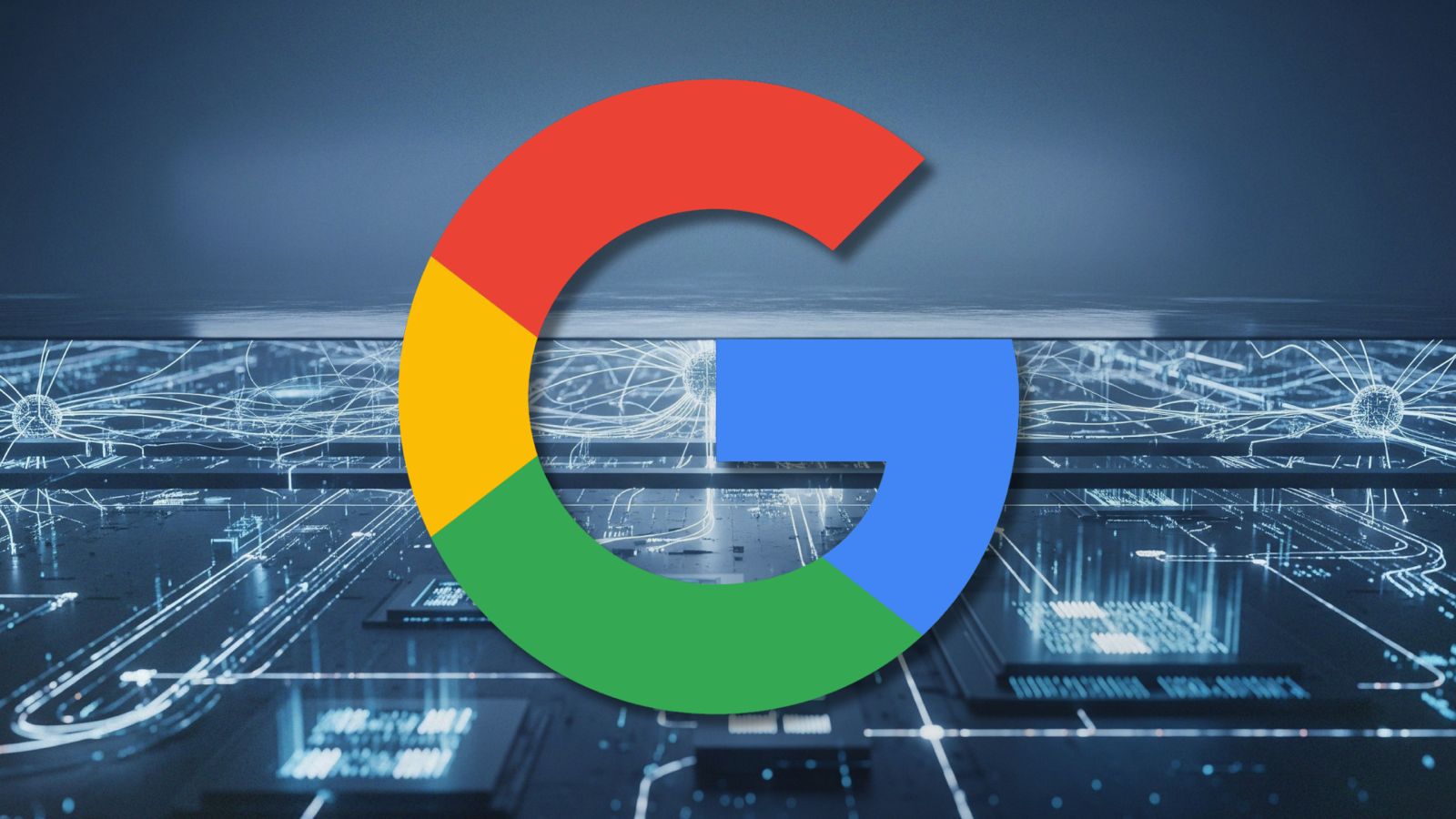 Image Source: Moneycontrol
Image Source: Moneycontrol
Swiggy, one of India’s leading food delivery platforms, has once again increased its platform fee for food orders in select high-demand areas, raising it from Rs 12 to Rs 14 inclusive of GST. This move comes as the company navigates high order volumes during the ongoing festive season and seeks to improve unit economics amidst rising operational costs and deepening losses.
Key Highlights of Swiggy’s Platform Fee Hike
Swiggy’s platform fee hike to Rs 14 marks a Rs 2 increase from the earlier Rs 12, implemented on a pilot basis in select regions experiencing heavy demand.
The fee has climbed sharply over the past two years, from Rs 2 in April 2023 to Rs 14 in August 2025, representing a 600% increase.
This increase is primarily aimed at offsetting losses and improving profitability as the company invests heavily in expansion, particularly its Quick Commerce vertical, Instamart.
Swiggy handles over 2 million food delivery orders daily, and this fee hike could translate into an additional Rs 2.8 crore in daily revenue for the company.
The company reported a sharp increase in net losses for Q1 FY26, widening to Rs 1,197 crore, nearly double the Rs 611 crore loss in the same period last year, even as revenues rose 54% to Rs 4,961 crore.
Swiggy’s main competitor, Zomato, has similarly tested higher platform fees during peak demand periods and maintained these rates when order volumes remained stable.
Restaurant owners have faced growing pressure as commissions from platforms like Swiggy and Zomato reach up to 35%, causing menu prices on delivery apps to be significantly higher than dine-in options.
Swiggy has not publicly commented on the latest fee hike as of now.
Reasons Behind the Fee Increase
This platform fee adjustment comes amid rising operational expenses. Swiggy’s growing investments in quick commerce through Instamart and expanded delivery logistics have increased cash burn substantially. As the festive season brings surge pricing and customer demand rises dramatically, the company seeks to balance cost pressures while maintaining service quality and delivery efficiency.
Impact on Consumers and Market Dynamics
While the Rs 2 hike per order might seem modest compared to average order values ranging from Rs 500 to Rs 600, the cumulative effect adds significant revenue to the platform. However, critics argue frequent fee increases burden consumers and partner restaurants alike, with the latter often passing higher commission costs onto customers by inflating dish prices.
Industry analysts observe that such models, where food aggregators derive substantial revenue from platform fees and commissions, represent a trade-off between convenience and affordability. New entrants like Rapido’s Ownly, offering lower commission rates, may increase competitive pressure.
Future Outlook
Swiggy’s strategy highlights the ongoing challenge for food delivery platforms to reach profitability in a highly competitive market driven by investor-backed growth and aggressive customer acquisition. The company’s focus remains on scaling quickly, maintaining market share, and navigating fluctuating demand cycles.
Whether the new platform fee will become permanent or will be rolled back once demand normalizes remains to be seen. Historically, both Swiggy and Zomato have experimented with varied fee levels to balance consumer behavior and operational needs.
Sources: Economic Times, Business Standard, Moneycontrol
Advertisement
Advertisement





